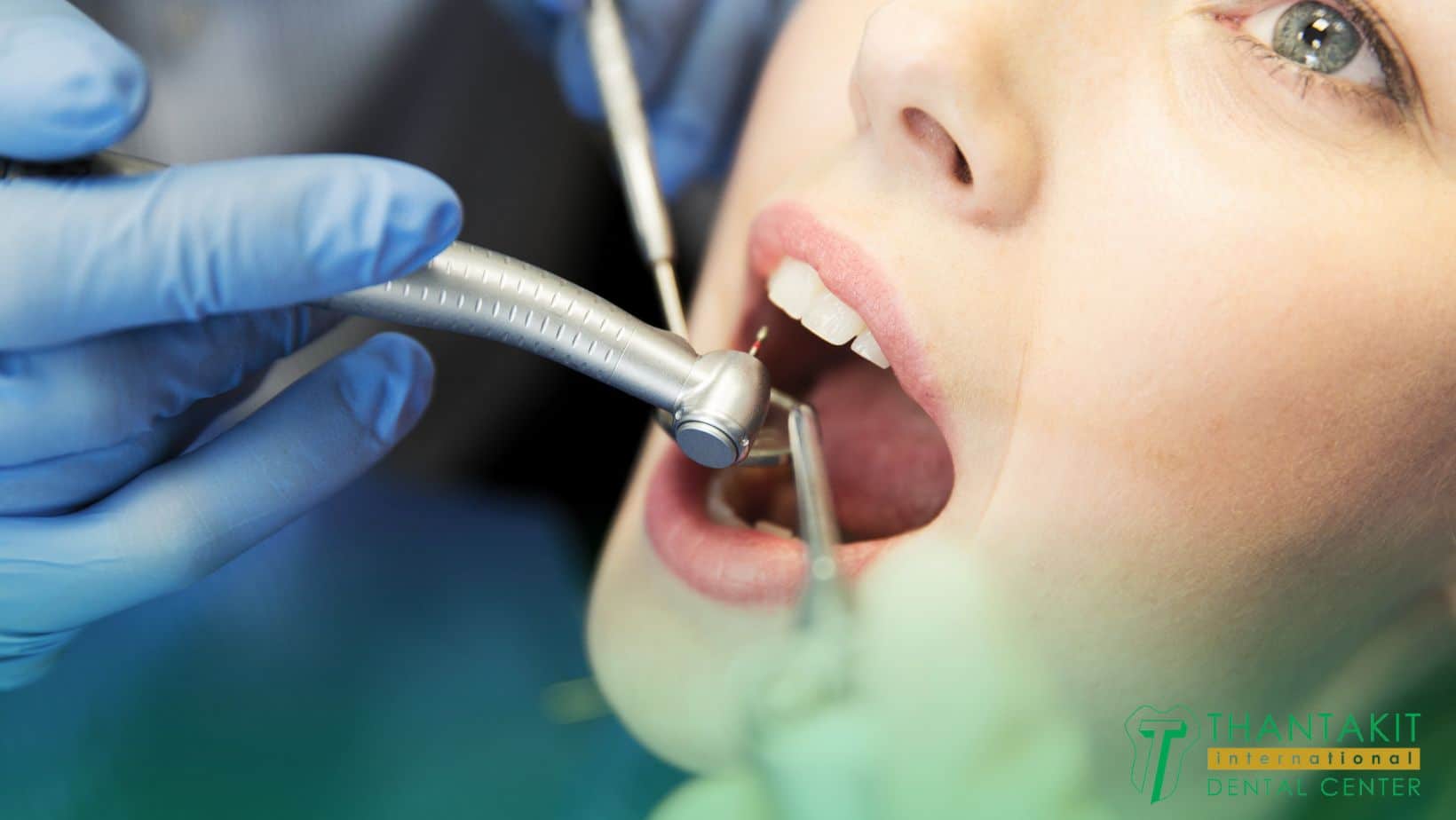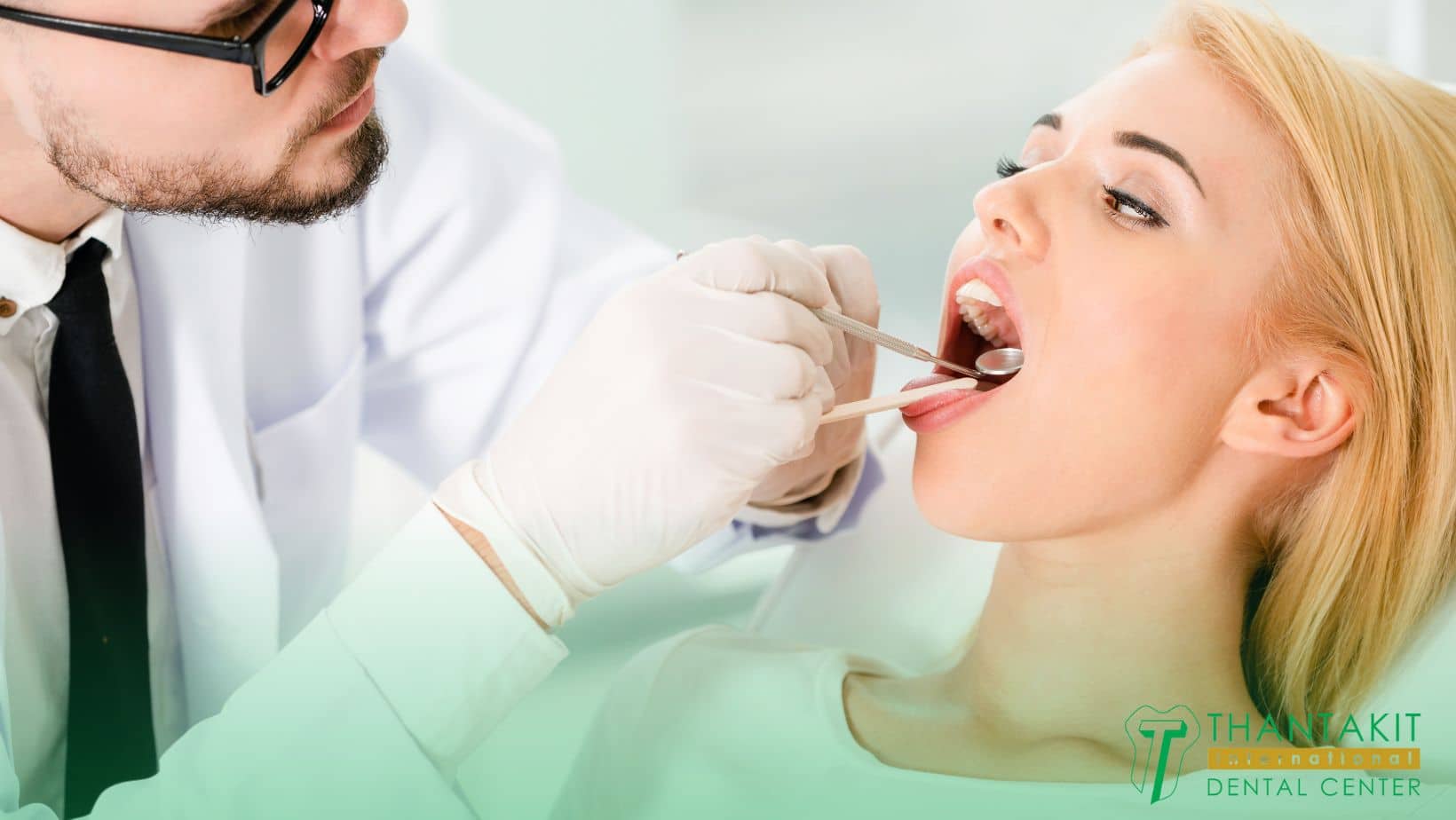Enamel erosion happens when enamel or the hard outer shell of your teeth loses minerals from acid exposure. The acid usually comes from the waste products of bacteria living inside plaque or starchy film that could harden to calculus or tartar.
Our tooth’s enamel shell is considered the hardest mineral substance of the body, like an extension of our bone in the mouth. This layer protects its host tooth from the rigors of daily life, such as grinding, biting, and chewing. However, enamel erosion can happen due to a number of reasons. Keep reading to know what leads to dental erosion and how you can avoid as well as fix this dental problem.
Page Contents
What is Enamel Erosion?
Dental or enamel erosion, like soil erosion, is when your teeth loses its enamel surface material or the outer shell that composes the exterior of the tooth. It’s important to ensure the health of your enamel, and it all starts with your dental hygiene.
-
Dental Protection: Enamel erosion is deadly to the tooth because the whole purpose of this hard outer shell is to protect the interior of the tooth or the dentin layer. It’s pound-for-pound the hardest material found in the human body too.
-
Hardest Material: It’s a fact that enamel is the body’s hardest material. It’s even harder than bone in light of the regular pressure it faces from mastication or chewing. It’s exceptionally tough for something that’s only 2.5 millimeters thick.
-
How to Break Enamel: Despite its hardness, there are ways for enamel to get damaged. First, there’s blunt-force trauma from a punch or a car accident. Second, there’s gradual wear-down by tooth grinding. Third, there’s bacterial acids from poor oral hygiene.
-
Irreversible Damage: Another concerning thing about eroding enamel is it can become irreversibly and permanently eroded as it gets worn away by bacterial and stomach acids as well as a lack of calcium in your food intake.
-
Sensitive Teeth and Thinner Enamel: Tooth sensitivity is directly tied to thinning enamel. The dentin is sensitive so the more exposed it is due to eroding enamel, the more sensitive your teeth become from temperature or pressure.
Symptoms of Enamel Erosion
You need to watch out for the signs and symptoms of enamel erosion or evidence that your teeth’s outer shell has been worn down. It includes the following indicators.
-
Tooth Sensitivity: A tooth with a worn-down outer shell tends to be more sensitive to temperature changes. It also aches a lot more. The pain can range from mild to severe. They can also happen due to drinking hot or cold beverages as well as pressure.
-
Discolored Enamel: A thinner outer shell usually results with your teeth looking more yellow than usual. It’s because the thinner, more transparent enamel now has the dentin layer below it visible to the naked eye, thus showing a more yellow coloring.
-
Cracking and Chipping: Like chalk or ceramic, your eroded enamel is more likely to break from regular chewing and biting or from blunt-force trauma (like if you play contact sports or if you’re a boxer). Bite pressure can cause cracks and chips.
Causes of Enamel Erosion

Many things can cause your enamel to erode and lose minerals, leaving it brittle and prone to breakage. After you’ve lost your enamel, it cannot be made back from scratch. You’ll have to put fillings or a whole crown over what’s left of your teeth.
-
Sweets and Starches: Bacteria love consuming sugary sweets and starch-filled food. If you supply them such, it’s only natural for the bacteria population to grow and give off waste products full of acids inside your mouth that destroy and erode enamel.
-
Dry Mouth: Saliva can water down acids that cause enamel erosion as well as tooth decay (that is, cavities or caries). If you have a cottonmouth or if your throat regularly gets dry due to a sickness or drug you’re taking, the acids will tend to remain longer around the enamel, resulting in it eroding.
-
Acidic Food: Acidic food and beverages can directly affect your mouth’s dental health to the point of compromising enamel without feeding any bacteria. If you drink loads of alcohol or soda drinks as well as fruit juices, they also wear away at enamel minerals.
-
Gastrointestinal Issues: If you suffer from eating disorders, stomach problems, or acid reflux, the acid from your stomach can enter your mouth and wreak havoc upon your exposed enamel. This can result in enamel erosion as well.
-
Gastroesophageal Reflux Disease (GERD) or Acid Reflux: Your dentist can identify whether you’re suffering from acid reflux or not by inspecting your mouth. GERD can eat up all your enamel, turning your teeth yellow or gray with its thinning enamel layer. Chronic acid reflux affects your molars and back teeth in particular.
-
Eating Disorders: Sufferers of bulimia tend to expose their teeth enamel with stomach acids because they tend to vomit out their food, which includes the acids themselves. This results in erosion of the enamel by acidic exposure. Anorexia sufferers, meanwhile, lack calcium and other minerals due to their condition.
-
Diabetes: Diabetes is a disease of inflammation affecting your whole body. This also translates to oral complications that include the erosion of your tooth enamel along with gum disease, tooth loss, and tooth decay.
-
Teeth Grinding (Bruxism) or Hard Brushing: If you tend to grind your teeth or brush the enamel too hard, this will eventually pay its toll if it’s done regularly for many years. This can result in your dentin getting exposed by virtue of the enamel being filed down day after day.
-
Temporomandibular Disorders (TMD): TMD involves issues with your jaw muscles and joints as well as the organs, tissues, and material along the area. TMD symptoms include the aforementioned bruxism as well as clenching of the jaw, unusual methods of mastication, and so forth.
Like with hard brushing and bruxism, TMJ disorders can affect your tooth enamel because it forces your teeth surfaces to grind upon each other. Over time, this should result in excessive chipping, wear-down, thinning, and outright cracking of the teeth.
-
Medications and Side Effects: As mentioned on the dry mouth entry, medications can affect your enamel in different ways. The drugs you take can also cause your body’s calcium levels to go down, which makes enamel more vulnerable to acids, mineral loss, erosion, and eventual breakage.
-
Environmental Factors and Bad Habits: Aside from hard brushing and teeth grinding, you can also damage your enamel when you use your teeth for opening soda bottles, chewing fingernails, gnawing at pencils, biting at hard bone, or using your teeth for anything other than food.
Prevention of Enamel Erosion

Good dental hygiene is your best bet in making sure your teeth avoids eroding its enamel shell while at the same time keeping it strong. You can also drink more milk to get that precious calcium needed for strong bones and teeth.
Here are some important things you need to know about:
-
Why the Need for Oral Hygiene? The likeliest source of acid in your mouth is still unchecked bacterial growth from plaque and tartar. Brushing your teeth for two minutes and for two times a day (or more) cleans that film atop your teeth away, which in turn drops the instance of acid exposure.
Don’t forget to floss twice daily too, because food remnants serve as food for bacteria. Rotting food between teeth is especially acidic and bacteria-ridden. Even with the saliva helping stave off the population, there’s only so much it could do against a bacterial overpopulation that uses your mouth as their toilet. The same is true about mouthwash.
-
What about a Healthy Diet? Consult your dental physician for more details when it comes to getting a balanced diet that promotes your health and resolves any enamel erosion on your part. It’s all about cutting down on starchy, acidic, or sugary foods.
Stop or cut down on drinking soda and alcohol as well as eating junk food like potato chips and cakes or any other dessert item. They all cause your bacterial count to go way up, your plaque to form, and your mouth to become a toilet full of enamel-eating acid and bacterial waste products.
-
Consume Probiotic Foods Instead: Instead of promoting the growth of harmful bacteria, you should incorporate yogurt and milk products into your diet. These good bacteria ensure a healthier oral ecosystem for one thing. For another thing, they’re rich in calcium and phosphate.
This means that your enamel erosion is defended against because that outer shell is hardened by the extra calcium you’re getting. Enamel is like bone. It becomes structurally harder with the ingestion of calcium and phosphate.
-
Just Drink More Water: Prevent enamel erosion by preventing cottonmouth or dry mouth. Produce more saliva by drinking more water all day. It will result in you taking more trips to the bathroom to urinate, sure, but it also rinses your mouth of bacteria.
It keeps your mouth wet, the water can help water down bacterial acids that eat at your enamel, resulting in the outer tooth shell remaining intact and recoverable. Once it develops dental caries or thins out, you’re left with the point of no return.
Treatment of Enamel Erosion

Once your teeth have become cracked or broken due to eroded enamel, go to places like Thantakit Dental Center to get you started on cosmetic dental restorations. They can offer you veneers, bridges, fillings, and crowns to reconstruct damaged teeth.
-
What is Tooth Extraction? It’s the cheapest and most straightforward way to deal with a broken tooth. If an enamel-eroded tooth is beyond saving, you can have your dentist simply pull it out. You can then replace it with a bridge, a removable denture, or a crown plus dental implant combo.
-
What are Fillings? Tooth or dental fillings are among the most basic ways to fix broken, cracked, or cavity-filled teeth. They use injectable and/or moldable composite material that matches tooth color and uses ultraviolet light to harden like cement.
-
What is Dental Bonding? This cosmetic procedure can protect the eroding enamel of several of your teeth. It uses the same tooth-colored composite resin material as fillings in order to bond broken pieces of tooth or filling in cracks between enamel and dentin.
-
What are Porcelain Dentures and Reconstructions? Porcelain dentures and tooth replacements can match your teeth color and cover your natural yet compromised teeth for the sake of protection. People favor porcelain material because it’s both natural-looking and functionally tough.
-
What is a Veneer? A veneer is a thin wafer shell that can substitute or replace chipped or broken pieces of tooth (enamel and dentin). They’re typically used on the front teeth and are attached at what’s left of the teeth to seamlessly repair badly shaped or damaged enamel.
-
What is a Crown? A crown or a cap is a dental denture that is stuck directly onto an affected tooth with thinning or cracked enamel. It is worn to stop the tooth like a hat or a cap (hence it being called a crown) and stuck there using dental bonding material. Unlike traditional dentures, it’s glued directly onto the affected tooth.
-
What is a Bridge? A bridge is a multi-part crown covering two or more affected teeth. It can be a cantilever bridge that has one crown over a surviving tooth and another crown hovering above an extracted or missing tooth.
It could also be a standard three-toothed (or more) bridge where existing teeth support the hanging crowns between them using two existing teeth or two dental implants. A bridge usually fills the caps of missing teeth with crowns or dentures over the empty gums.
-
What is a Dental Implant? A dental implant is a metal stud that replaces the missing tooth as an anchor to your jaw for use with bridges and crowns. Unlike dentures that temporarily fill in missing gaps, the dental implant allows crowns to feel like real teeth.
It requires surgery in order to cut your gums and gain access to the tooth socket then it’s drilled there into place. From there, using an abutment, you can place the crown over the jutting implant to anchor it to your mouth into place.
-
What is a Root Canal Treatment? A root canal treatment or procedure—also known as an endodontic treatment—is usually done on severe cases of cavities, wherein the hole has become deep enough to inflame, irritate, and/or infect the tooth root and its surrounding nerves.
It involves removal of the root, leaving only the canal and effectively killing the tooth. From there, the empty chamber is filled with inert material and the top is sealed with a crown. This treatment helps save the tooth without needing extraction.
If you’re concerned about the eroding enamel of your teeth, contact your local dentist for an appointment, check your health insurance for their dental coverage, or avail of dental tourism packages to Thailand with Thantakit Dental Center.
Requesting an appointment overseas is much cheaper than you think—even when taking into account travel costs, the absolute best Thantakit dentist service fees tend to be more cost-effective than their western counterparts.
To Wrap It Up
Enamel is a pretty tough but still a relatively thin layer or shell that surrounds and protects your tooth from wear and tear. It assists in dental protection and function when it comes to eating. If it’s weakened though, it becomes brittle and prone to breakage.
Enamel erosion, meanwhile, happens when everyday acids from the food you eat, the beverages you drink, and the stomach acids you regurgitate start eating away at your enamel minerals, thus eroding it. Bad habits and certain circumstances can lead to this condition as well.
Thantakit International Dental Center is Thailand’s longest established dental center. Situated in Bangkok, our clinic is renowned across the world as a destination for world-class dentistry, with most of our patients flying to us from Australia.
Please contact us today and get a FREE dental consultation.












